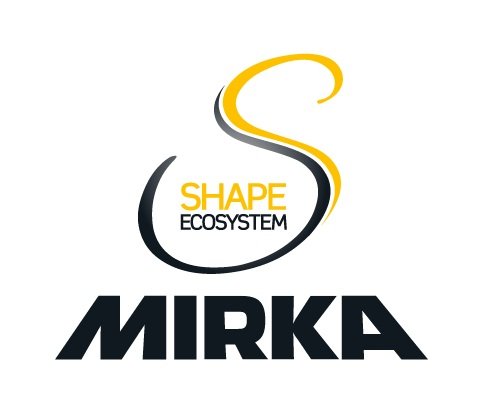Repair, Refurbish and Remanufacture: My Journey and Insights
Halfway in the SHAPE program it’s time for some reflections and we have talked with our work pack leaders asking them to share their insights. Next up is Mats Bystedt, work pack leader for Repair, Refurbish and Remanufacture. Read more about his journey below and lessons he’s learned so far.
"We need to start seeing remanufacturing as the major business opportunity it truly is, as it holds an EU market potential of 90 billion euros by 2030 and is rapidly emerging as a key strategy in the transition to a circular economy."
In the work package Repair, Refurbish, and Remanufacture, the focus is on reducing environmental impact by extending product life and treating used goods as valuable resources. By developing surface finishing technologies, creating test-beds, and exploring new coatings, the aim is to make remanufacturing feasible. Combining these innovations with circular business models helps keep products in use longer and cut material waste.
New Insights and Shifting Mindsets
So far in the work pack, much of the work has focused on building up knowledge, understanding what remanufacturing looks like in different industries and identifying where the gaps are. Although remanufacturing and refurbishing are well-established globally and despite their widespread use across sectors such as automotive, aerospace and consumer electronics, they often go unrecognized.
“One area that plays a crucial role in remanufacturing are surfaces, and at Mirka, they’re at the very heart of everything we do.”
Surfaces are not just about aesthetics, they are essential to ensuring that reused components perform as well as, or even better than, new ones. Surface treatments can protect the underlying material, reduce friction, and improve the adhesion of coatings, all of which are crucial for extending product life and maintaining quality standards. Automation is also an important part of remanufacturing. Robots that once required specialist programming have become flexible enough to handle high-mix, low-volume production, making remanufacturing more practical closer to the end customer. Combined with visual scanning and generative AI, these tools make processes faster, more consistent, and less dependent on subjective evaluation.
“Generative AI, in combination with data, is revolutionizing remanufacturing in ways we couldn’t imagine before,” Mats explains. “It can predict exactly when something will fail and help you perform repairs before it becomes critical. It can also create an image of an undamaged item from a scan of a damaged one, which really reduces downtime and improves efficiency.”
Building Ecosystems and Preparing for What’s Next
International business is expected to become more challenging in the coming years because of tariffs and trade barriers. This makes it even more important, not just for reducing carbon emissions but also for practical reasons, to keep products in use as long as possible within the same market where they were first sold. At the same time, the market is showing growing interest in Product as a Service, a model that shifts the responsibility for keeping products running from the end customer to the service provider, making simplicity and sustainability even more important.
“I recently heard someone say that we should stop thinking in terms of manufactured or remanufactured and start calling them what they are: circular products, with the same quality and performance as new,” Mats reflects. “As remanufacturing becomes an integral part of business models, it will shift from being a compliance exercise to one of the most powerful opportunities for growth and competitive advantage.”

